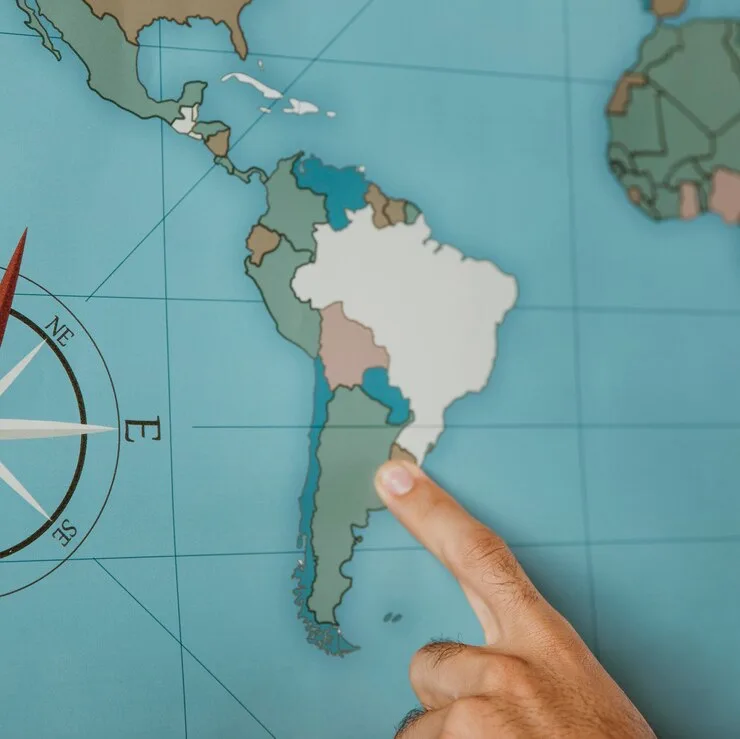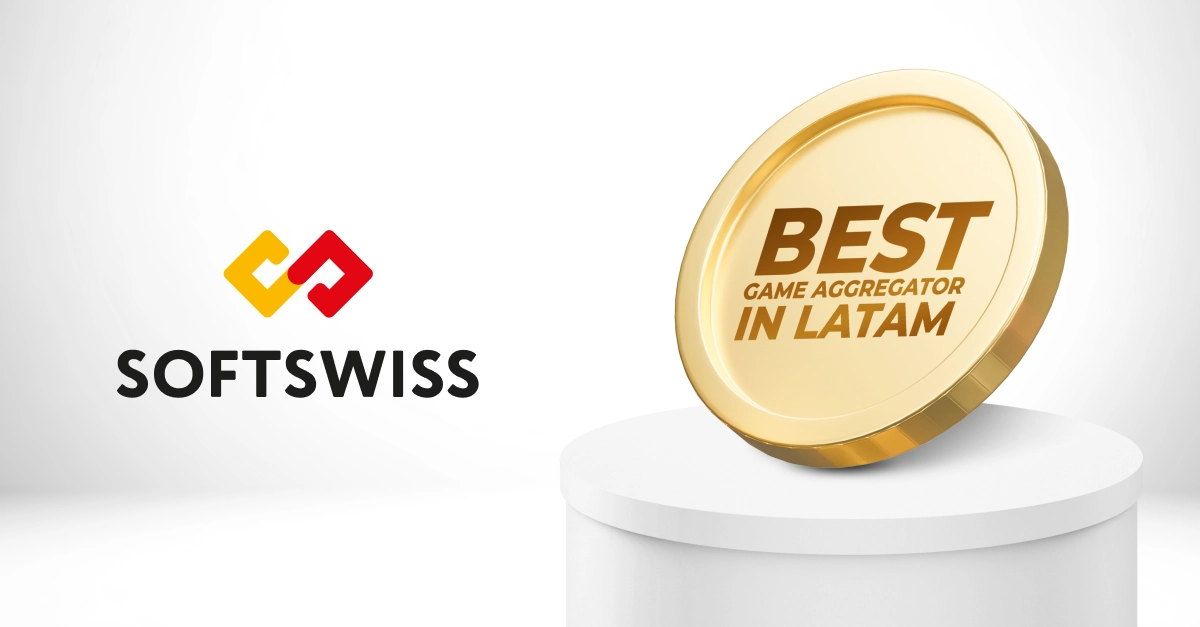Head of Unlimit Mexico, Ignacio Morales, shared his thoughts on the matter with The Paypers portal.
So, about Brazil
➡️ Today, 82% of the population has a bank account. This is largely due to the expansion of digital banks (such as Nubank), which is the 2nd largest bank in the country, and digital wallets such as PicPay. Increased access to banks has been fertile ground for mass citizen adoption of the Pix fast payment system.
➡️ Based on the current scenario, cash and paper payment methods such as Boleto are expected to gradually disappear in the future. At the same time, the use of credit and debit cards continues to grow, as well as Pix, which is becoming their competitor. New features expected to be launched this year, for example, are Pix Parcelado (instalments) and Pix Automático (recurring payments).
➡️ The digital real is in the testing phase. The expert believes that, in this context, its launch will be successful.
Mexico
➡️ Despite a strong and significant economy, there are still many who are unbanked and dependent on cash. There are reasons to believe that payment methods that use cache (OXXO Pay, where the user prints a voucher and pays in physical shops) will not lose relevance for a long time to come.
➡️ The situation with digital payments is changing ‘according to the Brazilian scenario’: Nubank rules in Mexico too and in total there are about 19 million active users of neobanks in the country (about 15% of the population). This is similar to the level recorded in Brazil in 2018. There’s a good chance that a similar jump will follow… especially since Mexicans also have their own instant payment method – SPEI – which is growing in popularity.
Argentina
➡️ It is less cash-dependent than Mexico.
➡️ E-commerce is dominated by credit cards (54%) and digital wallets (23%). And until recently, the market share of the latter has been actively increasing.
➡️ Diversification and market balance: the Argentines have a payment platform #MercadoPago, which until the introduction of interoperability at the end of July only accepted card payments if the card was loaded into a mercadoPago wallet. Now that the Central Bank has announced that any wallet can accept credit card payments, the market concentration of wallets represented in Mercado Pago may decrease.
Colombia
➡️ The country stands out for its significant rate of bank transfers in e-commerce, with 32 per cent in 2023. This is due to the success of the #PSE payment method, which redirects the user to an online banking page to make a payment.
➡️ Nubank has also come to Colombia; if we add to this the popularity of digital wallets #Nequi, Bancolombia a la Mano and DaviPlata, we can say that the ‘Brazilian scenario’ is likely here as well.
➡️ According to the ‘Financial Inclusion Report (IIF) from Grupo Credicorp, 61% of Colombians already manage at least one digital wallet.
What will be the leading payment method in Latin America, and what opportunities will it create for businesses?
In short, although various emerging payment methods are gaining popularity, no single option has yet dominated the region. Consumers are increasingly focused on convenience, speed, security, and a smooth user experience. As a result, businesses must stay flexible and ready to accept both traditional and evolving payment methods to meet these expectations.
Read More: Open Banking for Gambling














